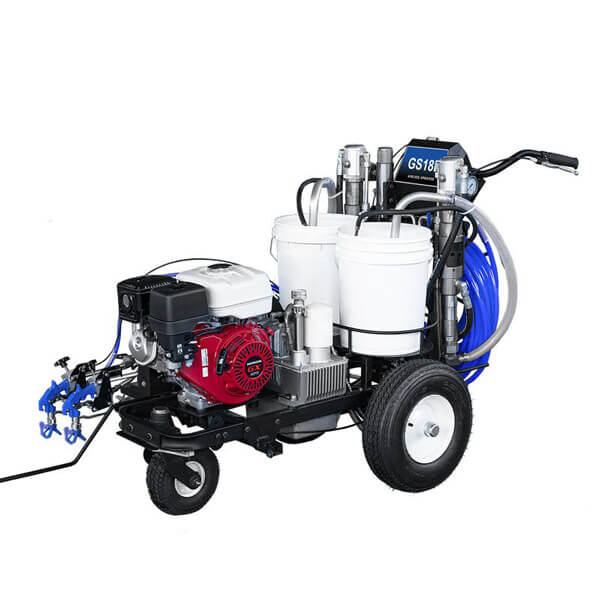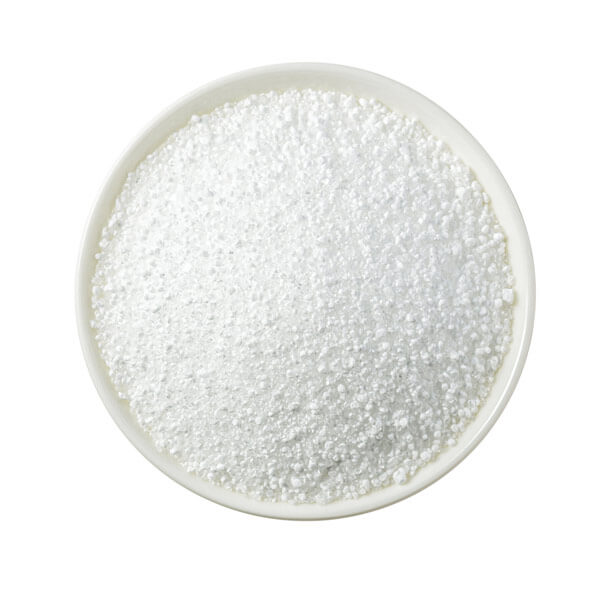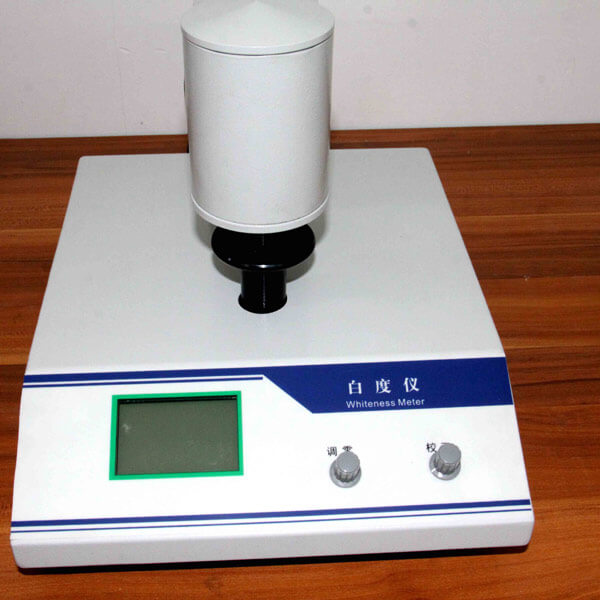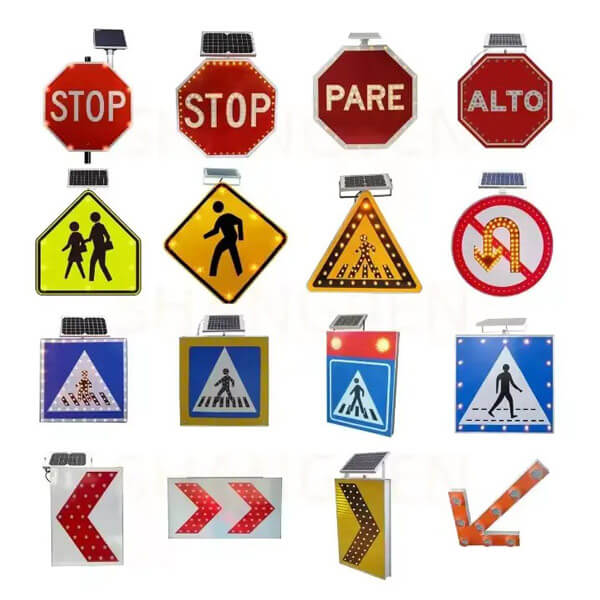How to Use Thermoplastic Reflective Road Marking Paint
How to Use Thermoplastic Reflective Road Marking Paint?
Thermoplastic reflective road marking paint is a widely used material known for its high visibility and strong adhesion properties. This type of paint is designed to enhance road safety by improving nighttime visibility and ensuring long-lasting durability.
Application Process
The application of thermoplastic reflective road marking paint involves heating the material to a temperature range of 180-200°C. Once melted, the paint is applied to the road surface using specialized spraying or extrusion equipment. Upon contact with the surface, the paint quickly adheres and solidifies, forming a highly visible and wear-resistant marking.
Key Features and Benefits
- High Visibility: The embedded reflective glass beads enhance visibility at night and in low-light conditions by reflecting light from vehicle headlights.
- Strong Adhesion: The thermoplastic properties allow the paint to bond effectively with the road surface, ensuring long-term durability.
- Excellent Wear Resistance: Ideal for high-traffic roads such as highways and urban main roads, where long-lasting performance is essential.
- Fast Drying and Efficient Application: The material solidifies quickly, minimizing road closure time and improving construction efficiency.
- Weather Adaptability: The thermoplastic formulation ensures consistent performance across different temperatures and environmental conditions.
Precautions for Applying Thermoplastic Reflective Paint
- Surface Preparation: Ensure the road surface is clean, dry, and free of oil, dust, or debris before application. Any contaminants can reduce adhesion and affect the marking’s longevity.
- Proper Heating: The paint must be heated to the recommended temperature. Overheating can degrade the material, while insufficient heating may prevent proper melting and adhesion.
- Even Application: The spraying or extrusion equipment should move at a steady pace to maintain uniform thickness and prevent uneven coating.
- Cooling Time: After application, allow sufficient time for the markings to cool and harden before reopening the road to traffic.
- Safety Precautions: Workers should wear protective gear such as gloves, safety glasses, and masks to prevent exposure to high temperatures and fumes.
Conclusion
Proper application of thermoplastic reflective road marking paint requires attention to detail and adherence to best practices. By ensuring correct heating, surface preparation, and even application, road markings can provide long-lasting visibility and safety for all road users.







